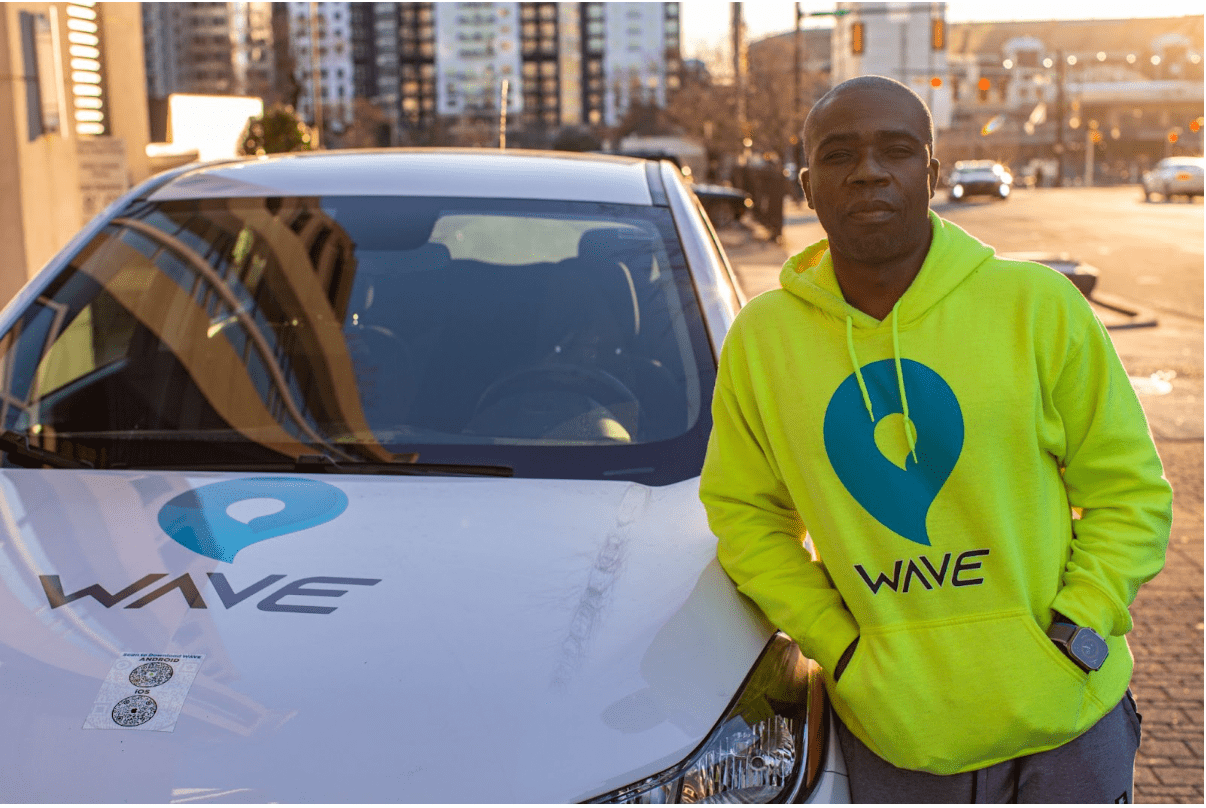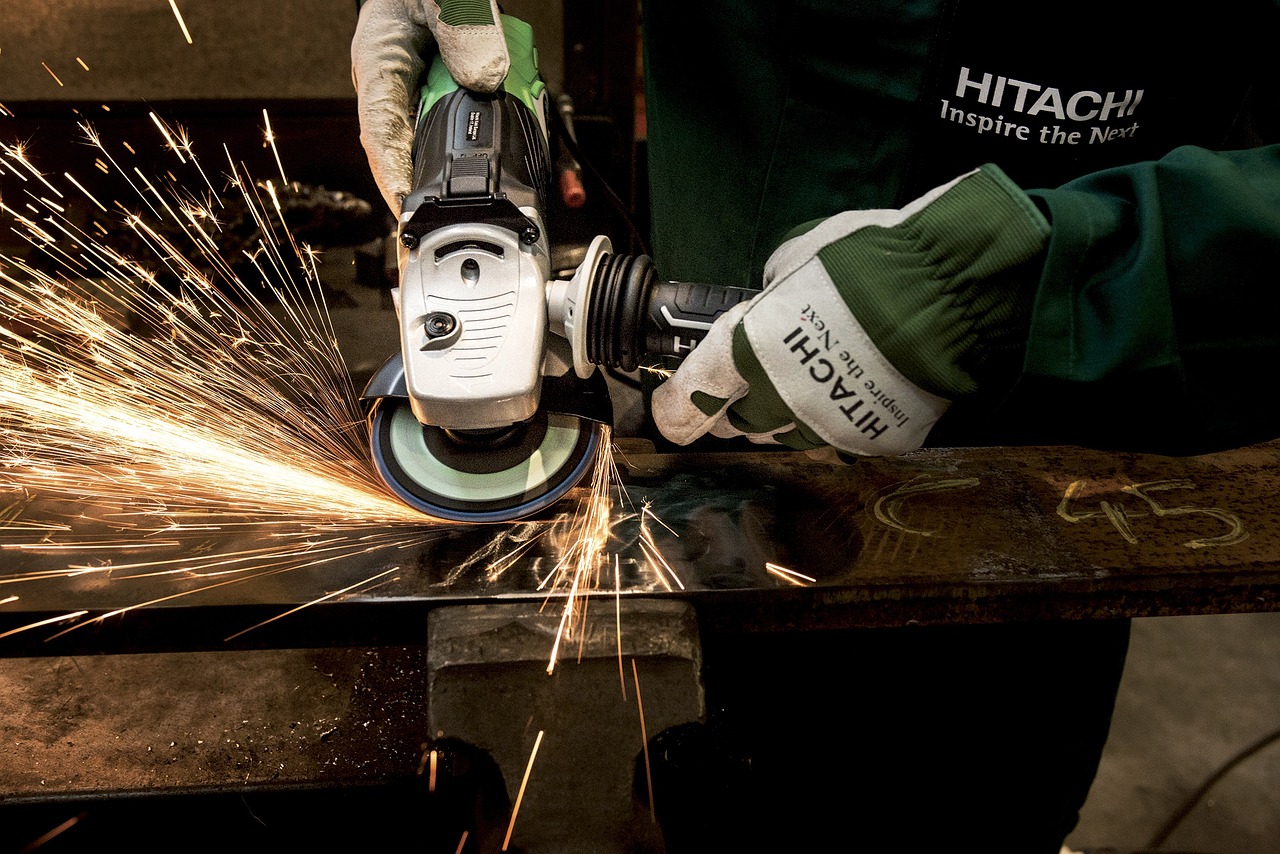Business
Wave Rideshare’s AI Focus and Stellar Customer Service Poised to Make Major Impact in the U.S. and Globally

A new player is making waves in the rideshare industry. Wave, helmed by tech mogul Diondre Lewis, offers more than simple transportation.
Wave uses machine learning technology, stringent safety checks and initiatives to protect potentially vulnerable passengers. The company states that its mission is to prioritize passenger safety above all else.
The Shadow of Uncertainty
In our app-driven world, stepping into a stranger’s car with only a smartphone as a connection to safety has become commonplace. Yet beneath the convenience lurks a persistent unease. While many rideshare giants boast that 99.9% of trips end without incident, it’s the 0.1% that keeps passengers on edge.
Recent sobering statistics—10 fatal physical assaults and over 1,000 non-fatal assaults between 2017 and 2019—serve as a stark reminder of the risks. These numbers aren’t just data points; they represent real people, real trauma, and a real need for change.
Into this age of uncertainty surges Wave, a company weaving safety into its service’s very fabric. No longer does the average rider need to keep a wary eye on their driver. Wave has them covered.
When a user requests a Wave ride, an AI more sophisticated than a typical smartphone’s voice assistant springs into action. Beyond matching riders with drivers, this AI analyzes patterns, predicts potential issues, and orchestrates journeys as smoothly as possible.
Wave’s AI is like a vigilant co-pilot, always alert, always analyzing. Its Dynamic Micro-Zone Demand Prediction doesn’t just sound impressive—it actively works to make sure that riders never find themselves stranded without a ride in a sketchy part of town. The Real-Time Optimal Route Adjustment was coined to beat traffic and steer passengers clear of potential danger zones. More important than all of this, the company is constantly innovating an re-evaluating the most ethical and advanced ways to leverage A.I. to the benefit of its customers, drivers, partners, and investors.
The Human Touch in a Digital World
Wave conducts a gauntlet of checks to ascertain the safety of both passengers and drivers. Meticulous background screenings, professional vehicle inspections, and rigorous training create a fleet of drivers well-suited to Wave’s tagline of passenger safety.
“Safety isn’t just a feature—it’s a major part of our identity,” Lewis emphasizes. Previously, Wave debuted initiatives that ranged from transporting corporate executives to safely delivering children and non-emergency medical patients.
Wave’s vision extends far beyond the confines of a car. As it expands its reach—securing approval to operate at Atlanta’s bustling airport and launching its WaveBites food delivery service—it hopes to use its services to nurture entire communities.
The Future: A Global Wave
Diondre Lewis’s vision of becoming “the go-to partner for businesses and individuals for anything transportation” does not come from ambition but rather from the desire to create safer communities where everyone feels safe in their choice of transport. Wave’s expansion across the U.S. is accelerating with a strong presence being established in some of the largest airports in the world, including Hartsfield Jackson-Atlanta Airport.
When every rideshare trip can feel like a roll of the dice, Wave hopes to achieve the opposite impression. Reimagining what urban mobility can be, Wave understands that the role of a rideshare app holds more than simply taking an individual from point A to point B. A rideshare app must be safe, reliable, efficient—and above all, human.
Business
13 Reasons Investors Are Watching Phoenix Energy’s Expansion in the Williston Basin

As energy security becomes a growing priority in the United States, companies focused on domestic oil production are gaining attention from investors. One such company is Phoenix Energy, an independent oil and gas company operating in the Williston Basin, a prolific oil-producing region spanning North Dakota and Montana.
Phoenix Energy has established itself as a key player in this sector, expanding its footprint while offering structured investment opportunities to accredited investors. Through Regulation D 506(c) corporate bonds, the company provides investment options with annual interest rates ranging from 9% to 13%.
Here are 13 reasons why Phoenix Energy is attracting investor interest in 2025:
1. U.S. energy production remains a strategic priority
The global energy landscape is evolving, with a renewed focus on domestic oil and gas production to enhance economic stability and reduce reliance on foreign energy sources. The Williston Basin, home to the Bakken and Three Forks formations, continues to play a critical role in meeting these demands. Phoenix Energy has established an operational footprint in the basin, where it is actively investing in development and production.
2. Investment opportunities with fixed annual interest rates
Phoenix Energy bonds offer accredited investors annual interest rates between 9% and 13% through Regulation D 506(c). These bonds help fund the company’s expansion in the Williston Basin, where it acquires and develops oil and gas assets.
3. Record-breaking drilling speeds in the Williston Basin
Phoenix Energy has made significant strides in drilling efficiency, ranking among the fastest drillers in the Bakken Formation as of late 2024. By reducing drilling times, the company aims to optimize operations and improve overall production performance.
4. Expansion of operational footprint
Since becoming an operator in September 2023, Phoenix Energy has grown rapidly. As of March 2025, the company has 53 wells drilled and 96 wells planned over the next 12 months.
5. Surpassing production expectations
Phoenix Energy’s oil production has steadily increased. By mid-2024, its cumulative production had exceeded 1.57 million barrels, outpacing its total output for 2023. The company projected an exit rate of nearly 20,000 barrels of oil equivalent per day by the end of March 2025.
6. High-net-worth investor offerings
For investors seeking alternative investments with higher-yield opportunities, Phoenix Energy offers the Adamantium bonds through Reg D 506(c), which provides corporate bonds with annual interest rates between 13% and 16%, with investment terms ranging from 5 to 11 years, and a minimum investment of $2 million.
7. Experienced team with industry-specific expertise
Phoenix Energy’s leadership and technical teams include professionals with decades of oil and gas experience, including backgrounds in drilling engineering, land acquisition, and reservoir analysis. This level of in-house expertise supports the company’s ability to evaluate acreage, manage operations, and execute its long-term development plans in the Williston Basin.
8. Focus on investor communication and understanding
Phoenix Energy prioritizes clear investor communication. The company hosts webinars and provides access to licensed professionals who walk investors through the business model and operations in the oil and gas sector. These efforts aim to help investors better understand how Phoenix Energy deploys capital across mineral acquisitions and operated wells.
9. Managing market risk through strategic planning
The energy sector is cyclical, and Phoenix Energy takes a structured approach to risk management. The company employs hedging strategies and asset-backed financing to help mitigate potential fluctuations in the oil market.
10. Commitment to compliance
Phoenix Energy conducts its bond offerings under the SEC’s Regulation D Rule 506(c) exemption. These offerings are made available exclusively to accredited investors and are facilitated through a registered broker-dealer to support adherence to federal securities laws. Investors can review applicable offering filings on the SEC’s EDGAR database.
11. Recognition for business practices
As of April 2025, Phoenix Energy maintains an A+ rating with the Better Business Bureau (BBB) and is a BBB-accredited business. The company has also earned strong ratings on investor review platforms such as Trustpilot and Google Reviews, where investors often highlight clear communication and transparency.
12. A family-founded business with a long-term vision
Led by CEO Adam Ferrari, Phoenix Energy operates as a family-founded business with a focus on long-term investment strategies. The company’s leadership emphasizes responsible growth and sustainable development in the Williston Basin.
13. Positioned for long-term growth in the oil sector
With U.S. energy demand projected to remain strong, Phoenix Energy is strategically positioned for continued expansion. The company’s focus on efficient drilling, financial discipline, and structured investment offerings aligns with its goal of building a resilient and growth-oriented business.
Final thoughts
For investors looking to gain exposure to the U.S. oil and gas sector, Phoenix Energy presents an opportunity to participate in a structured alternative investment backed by the company’s operational expansion in the Williston Basin.
Accredited investors interested in learning more can attend one of Phoenix Energy’s investor webinars, which are hosted daily throughout the week. These sessions provide insights into market trends, risk management strategies, and investment opportunities.
For more information, visit the Phoenix Energy website.
Phoenix Capital Group Holdings, LLC is now Phoenix Energy One, LLC, doing business as Phoenix Energy. The testimonials on review sites may not be representative of other investors not listed on the sites. The testimonials are no guarantee of future performance or success of the Company or a return on investment. Alternative investments are speculative, illiquid, and you may lose some or all of your investment. Securities are offered by Dalmore Group member FINRA/SIPC. Dalmore Group and Phoenix Energy are not affiliated. See full disclosures.
This article contains forward-looking statements based on our current expectations, assumptions, and beliefs about future events and market conditions. These statements, identifiable by terms such as “anticipate,” “believe,” “intend,” “may,” “expect,” “plan,” “should,” and similar expressions, involve risks and uncertainties that could cause actual results to differ materially. Factors that may impact these outcomes include changes in market conditions, regulatory developments, operational performance, and other risks described in our filings with the U.S. Securities and Exchange Commission. Forward-looking statements are not guarantees of future performance, and Phoenix Energy undertakes no obligation to update them except as required by law.
-

 Tech4 years ago
Tech4 years agoEffuel Reviews (2021) – Effuel ECO OBD2 Saves Fuel, and Reduce Gas Cost? Effuel Customer Reviews
-

 Tech6 years ago
Tech6 years agoBosch Power Tools India Launches ‘Cordless Matlab Bosch’ Campaign to Demonstrate the Power of Cordless
-

 Lifestyle6 years ago
Lifestyle6 years agoCatholic Cases App brings Church’s Moral Teachings to Androids and iPhones
-

 Lifestyle4 years ago
Lifestyle4 years agoEast Side Hype x Billionaire Boys Club. Hottest New Streetwear Releases in Utah.
-

 Tech6 years ago
Tech6 years agoCloud Buyers & Investors to Profit in the Future
-

 Lifestyle5 years ago
Lifestyle5 years agoThe Midas of Cosmetic Dermatology: Dr. Simon Ourian
-

 Health6 years ago
Health6 years agoCBDistillery Review: Is it a scam?
-

 Entertainment6 years ago
Entertainment6 years agoAvengers Endgame now Available on 123Movies for Download & Streaming for Free
